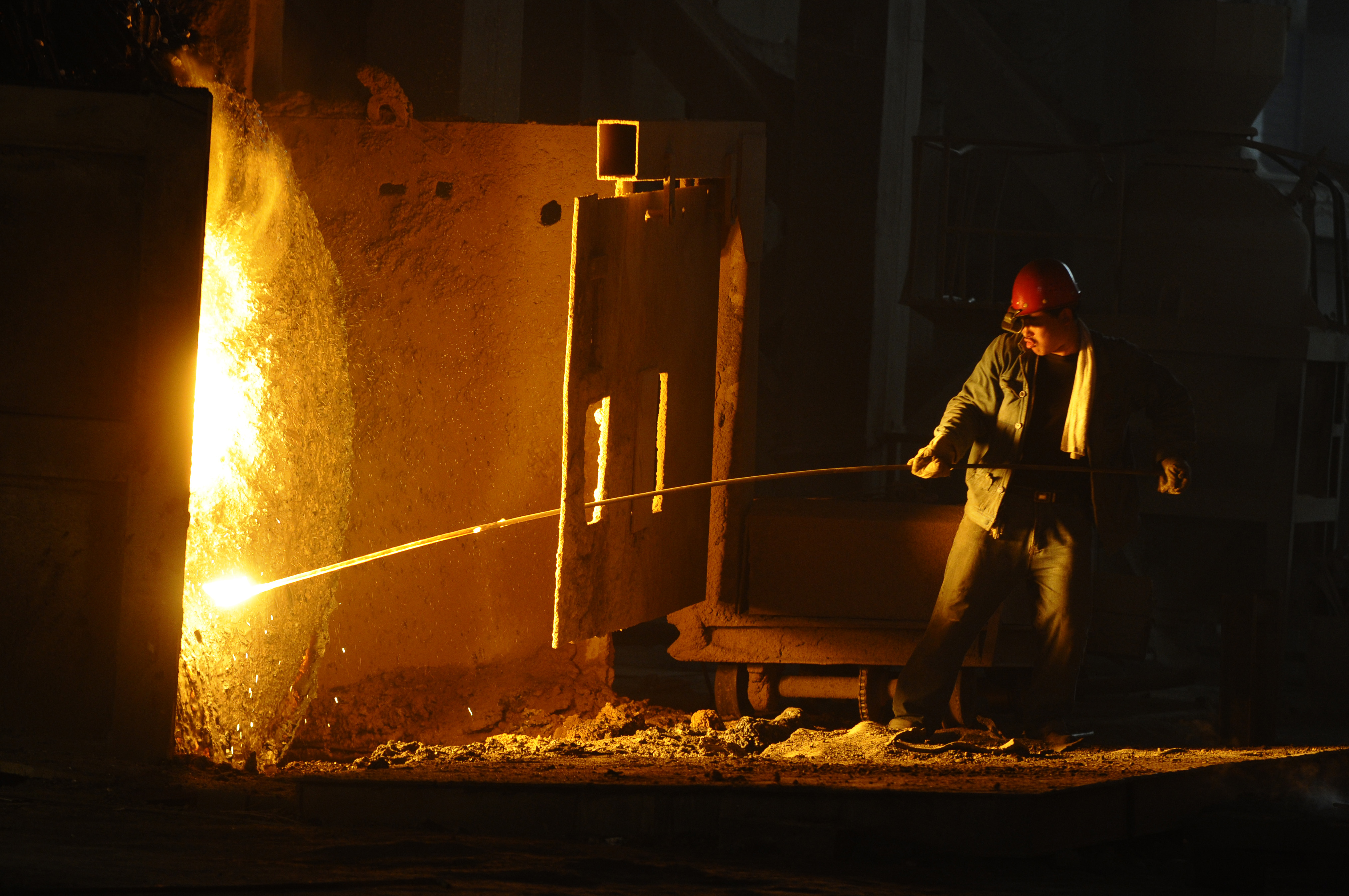South American mines entice Xstrata and friends

South America is proving to be a real Eldorado for large foreign mining conglomerates, accounting for 30 per cent of global mining investments.
The Anglo-Swiss mining giant Xstrata is currently pushing ahead with $5 billion (SFr4.1 billion) in projects for Peru. The firm has been trying to build community goodwill but there is local resistance to plans.
Xstrata, which is headquartered in Zug, recently reaffirmed it will go ahead with its $4.2 billion Las Bambas copper project in Peru and its $1.47 billion Antapaccay project. It also runs the Tintaya copper mine and has a stake in the sprawling Antamina copper pit.
Peru is South America’s fastest-growing economy and the world’s second-biggest producer of copper after Chile; it is also a major gold producer.
“When the Peruvian state launched its competition for a big mining project at Las Bambas in the [Apurimac region in the] south, we immediately saw an opportunity to continue our growth in the country,” Domingo Drago, the manager of Xstrata Copper in Lima, told swissinfo.ch.
The Swiss firm paid SFr24 million for the concession, beating off a number of competitors.
“The investments are colossal and the population won’t be forgotten. Xstrata wants to be a pioneering company in terms of social development and protection of the environment,” said Drago.
“For instance, we have a reforestation project in the Las Bambas region in collaboration with the State Secretariat for Economic Affairs (Seco). We have also put aside SFr40 million for health, transport and electricity projects.”
Promises, promises
Jorge de Chavez, an expert with the miners’ advisory group Cooperaccion, is more guarded.
“To build its mine Xstrata will have to move an entire population, many of whom do not agree with the idea. It obtained the concession by promising hundreds of jobs, but it seems already that it will not be able to keep its promise,” he told swissinfo.ch.
The mining group had to temporarily suspend its activities at the Las Bambas project in May due to protests over demands to hire more local residents and improve infrastructure.
Environmentalists are also concerned about the new project as the mine requires huge quantities of water, something which is in short supply in the high Andean plateau region. Agriculture, cattle-raising and drinking water could also be under threat.
Peru is not the only South American country affected by pressures on water resources.
Alumbrera mine
“Argentina has just passed a law protecting its glaciers from the mining industry, but as the mining lobby is so powerful it is only being applied to a very limited extent,” explained Hernan Gilardi from Greenpeace Argentina.
Before moving in, mining firms often promise the earth to poor regions. Promises can appeal to local governments but may remain unfulfilled once the concession is granted.
The case of the Alumbrera mine in Argentina, which lies 1,100km northeast of Buenos Aires and which is half owned by Xstrata, is revealing.
Before work started at one of the ten biggest copper and gold mines in the world, the mining giant and local leaders promised to build a housing area for 5,000 residents, a hospital, new schools and create 1,800 new jobs.
Fifteen years later, none of those promises have been kept according to a March 2010 article in Pagina 12, one of Argentina’s biggest dailies. Claims that Xstrata denies, with the company saying that over 2,000 people work on the site and SFr25 million have been invested in infrastructure projects since 1999.
Liberal laws
The water problem is also acute in this area. For over 13 years people living along the nearby river that supplies the mine have complained of serious pollution that affects the water and their health.
Xstrata says that it has taken all the necessary water protection measures and that water use as well as waste management are regularly checked by the federal authorities and the universities of Tucuman and Santiago del Estero.
The comapny adds that environmental management systems consistent with ISO14001 and international best practice standards are in place.
However, there are doubts about how Xstrata deals with mining waste.
Local communities launched legal action against the vice-president of the company’s copper division, Julian Rooney, for environmental damage. The case was however thrown out by the Argentinian courts.
“If you compare them with Australia, Canada or the United States, the environmental or social laws are a lot less stringent in Latin America,” explained De Chavez. “We have very liberal laws and the state hardly checks anything.”
Peru is the world’s leading producer of silver, the second biggest producer of copper, the third biggest for zinc and tin and the fifth largest producer of gold.
South American mines, and Peru in particular, have some of the highest concentrations of metal ore in the world.
The Corihuarmi gold mine, situated at 5,000m in the Andes, is one of the most profitable in the world. The cost to extract one ounce of gold is $300 while the market rate is $1,500 an ounce.
The mining sector represents 62 per cent of Peru’s exports and from 2008-2012 attracted $20 billion in investments. To date, only ten per cent of its territory has been exploited.
The Las Bambas mine is located at 4,200 metres in the middle of the Andes Mountains, 80 kilometres south of the city Cuzco.
From 2014 the mine is expected to produce 400,000 tonnes of copper per year for the first five years, and then 320,000 a year for the next 15 years.
Xstrata plan to build a 210 km-long conveyor belt through the mountains to transport materials to the existing rail network.
Once it is finished, Las Bambas, which will cost SFr4 billion, will be one of the two biggest copper mines in the world built over the past five years.
(translated from French by Simon Bradley)

In compliance with the JTI standards
More: SWI swissinfo.ch certified by the Journalism Trust Initiative














You can find an overview of ongoing debates with our journalists here . Please join us!
If you want to start a conversation about a topic raised in this article or want to report factual errors, email us at english@swissinfo.ch.